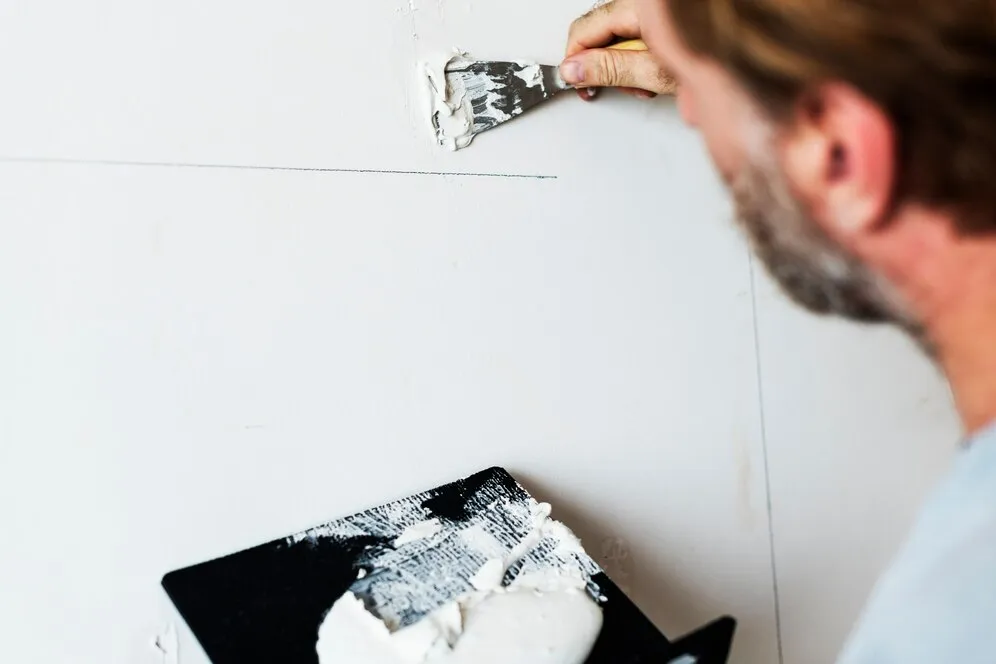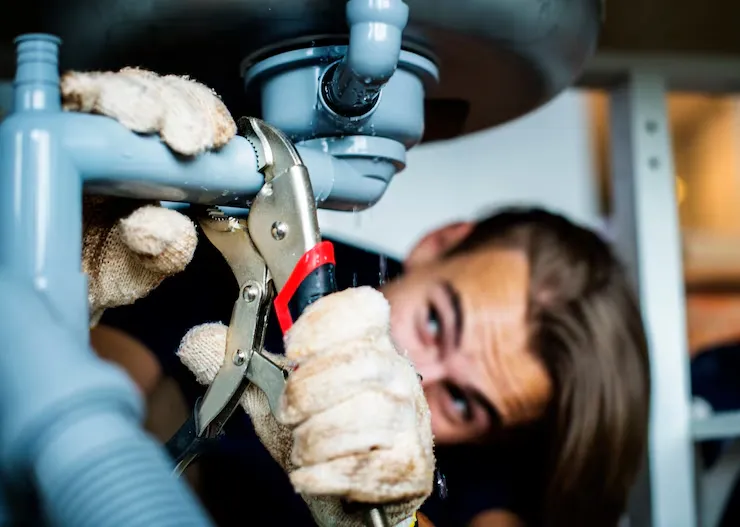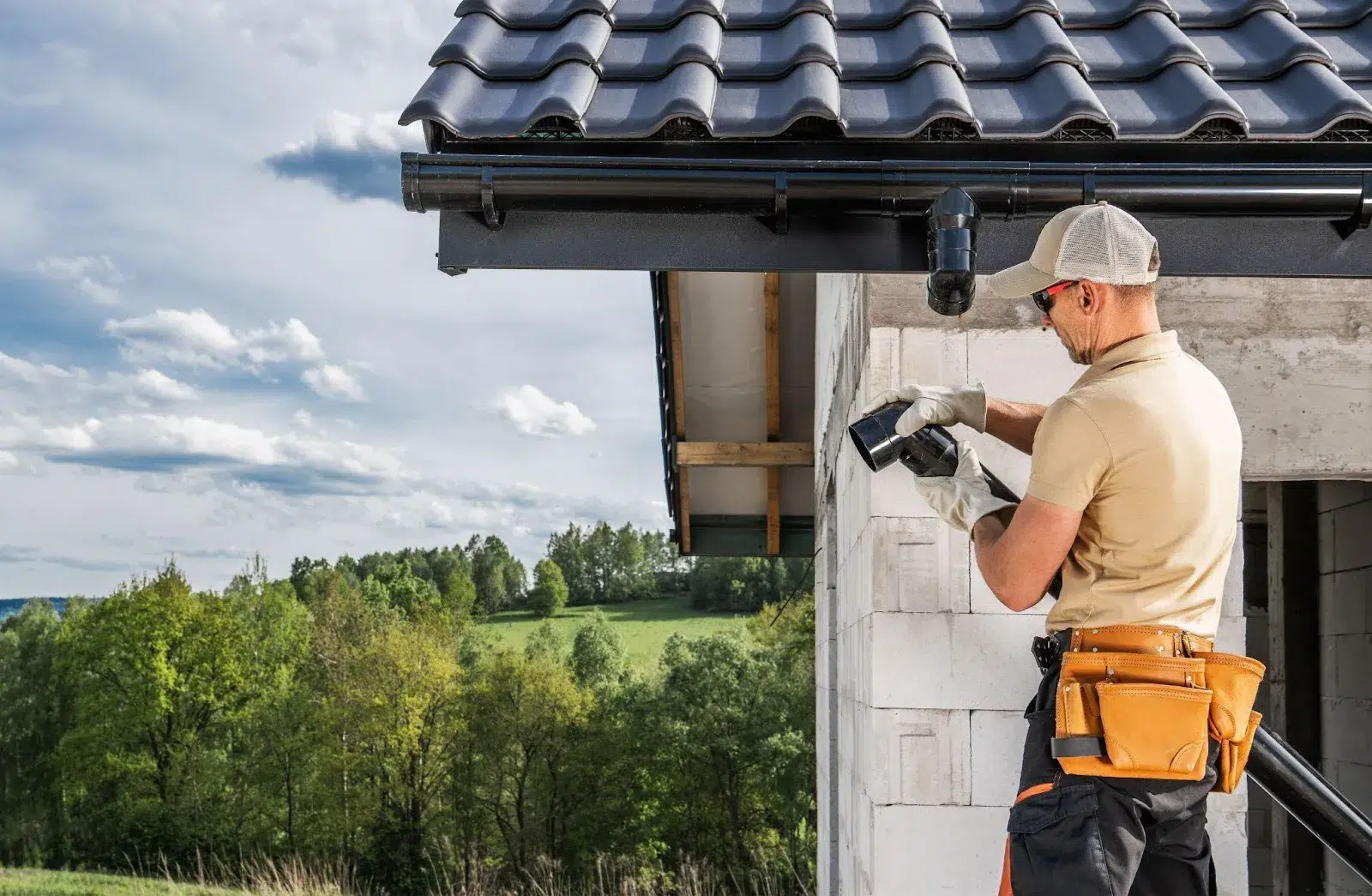One of the most significant changes in Canadian residential construction throughout the 20th century was the shift from conventional plaster to drywall. This change represented major social, economic, and technical advances that influenced contemporary Canadian homes and went beyond simple material changes.
Here, we will review the causes, effects, and implications of this change for Canadian construction. There is a whole story behind how drywall came to be, and it’s more interesting than you might imagine!
The Post-war Boom in Housing Demand

In Canada, the post-war period brought with it an unprecedented need for housing. Rapid construction was desperately needed due to urban migration, the expansion of families and the return of veterans. This demand was too much for traditional plastering, which required many layers and long drying periods.
Why did drywall replace plaster in Canada? In addition, the post-war economy drove up labor costs, reducing the profitability of labor-intensive traditional plastering. Construction companies needed to build more homes more quickly and more cheaply. The adoption of more efficient construction techniques and materials was accelerated by this economic pressure.
In addition, the use of drywall was indirectly favored by the Canadian government’s housing projects at the time, such as those managed by the Canada Mortgage and Housing Corporation (CMHC), which further promoted efficiency and uniformity in construction techniques.
Labor and skill

Whereas plaster required craftsmen who had spent years perfecting their trade, drywall opened the door to a whole new way of working. You didn’t need to be a master craftsman to install it well, and that meant big savings for everyone involved.
Although it still requires talent, drywall installation can be taught more quickly and done with fewer workers. As a result of this accessibility, more workers were able to enter the construction sector, helping to meet the growing demand for new housing.
The simplified installation procedure reduced dependence on craftsmen who were experts in handling plaster, making it easier to forecast time and facilitate the scheduling of construction projects.
Financial advantages
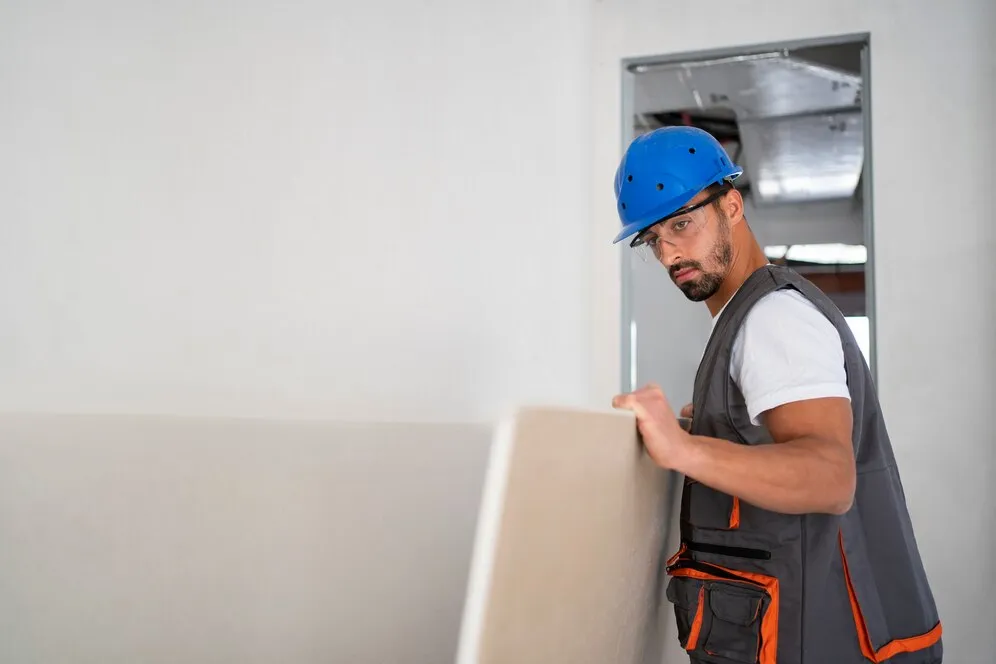
It was difficult to overlook the economic advantages of gypsum board. The reduction in working hours and the faster installation translated into considerable savings, despite the even that the initial prices of the materials were similar to those of plaster. Why did drywall replace plaster in Canada? One key reason was that with this new material, builders could increase their annual production and reduce financial expenses by finishing buildings more quickly.
Due to its stable quality and fire resistance, insurance companies also began to choose drywall. This preference often translated into lower insurance premiums for buildings constructed with drywall, which provided another economic incentive for its use.
In addition, the standardization of drywall sheets simplified inventory management and material procurement, which reduced waste and increased profitability.
Technological advances
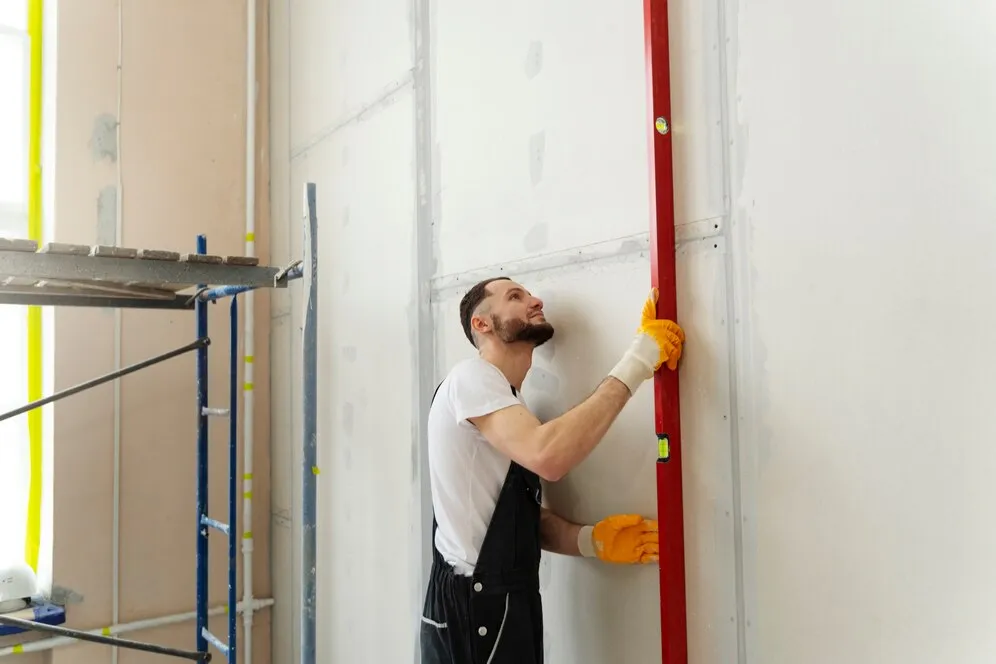
With the development of drywall production technology, the range and quality of products has increased. New soundproofing options, moisture-resistant panels and fire-retardant formulas have made drywall more adaptable and suitable for a wide variety of uses.
Recognizing the expanding market, Canadian manufacturers invested in local manufacturing facilities, increasing the accessibility of drywall and reducing shipping costs. In addition, this local manufacturing made it possible to create items specifically for the Canadian environment.
As joint compounds, taping methods and finishing equipment advanced, drywall installation became more efficient and the final product more visually appealing.
The legacy of modern times
With continuous advances in sustainability, durability and installation techniques, drywall continues to dominate Canadian construction today. The material has proven its cost-effectiveness and flexibility in responding to environmental and construction changes.
The approach to interior construction has entirely changed with the switch to drywall, allowing for more consistent quality and faster construction completion times. Repair and renovation work is now easier and more predictable thanks to this uniformity.
The knowledge and methods acquired during Canada’s switch to drywall have influenced construction methods around the world, demonstrating that useful inventions have the power to completely transform an entire sector.

